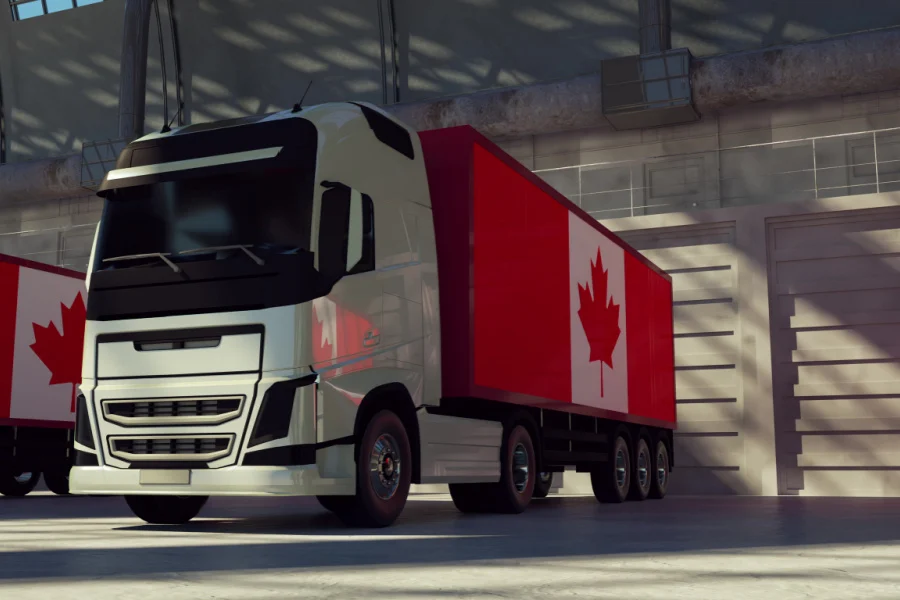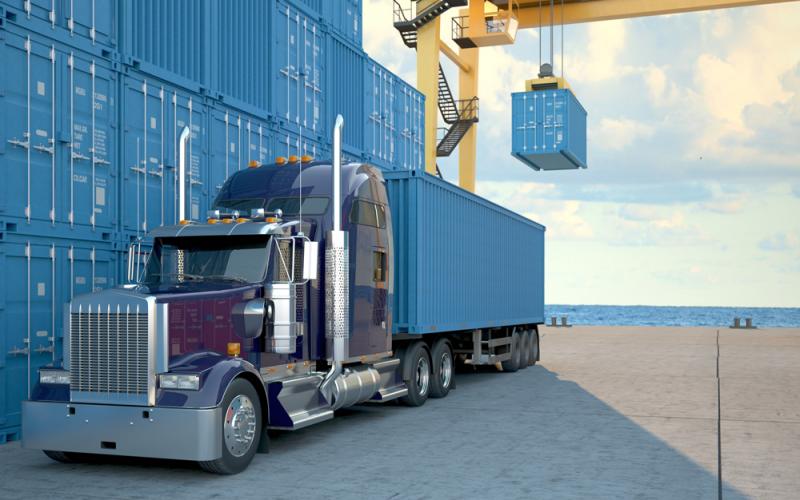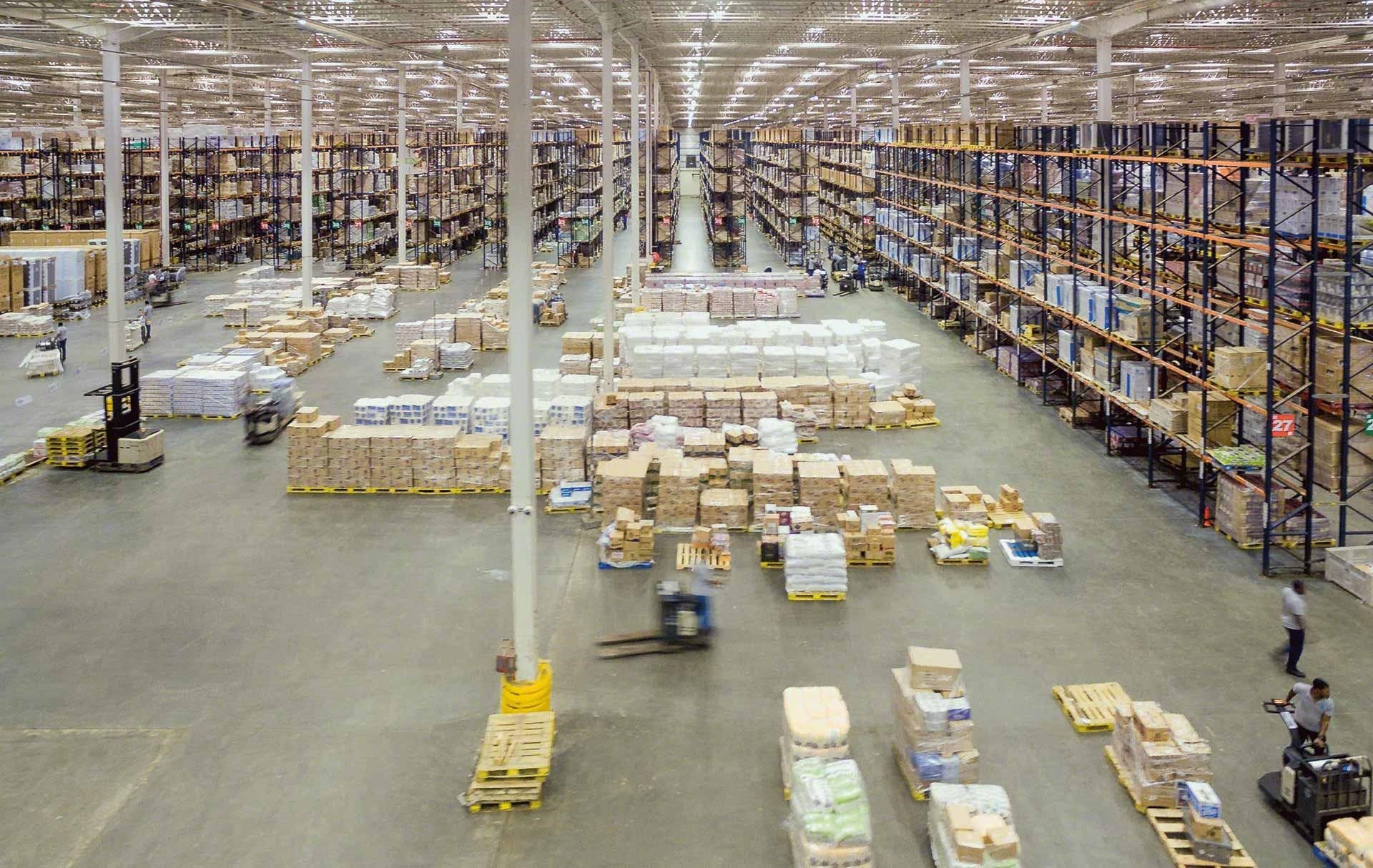Efficient Cross Docking Services in Manitoba: Faster, Cost-Effective Logistics Solutions
In today’s fast-paced supply chain, businesses need quick and cost-effective logistics solutions to stay ahead. At J7 Group LTD, we offer efficient cross docking services in Manitoba, helping companies minimize storage time, reduce handling costs, and accelerate deliveries. What is Cross Docking? Cross docking is a streamlined logistics process where incoming goods are unloaded, sorted, and directly transferred to outbound transportation with little to no storage time. This method improves efficiency, reduces warehouse costs, and…


